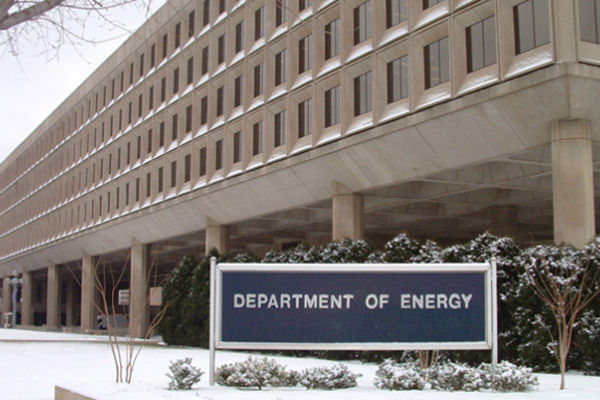Regular Red State readers know how much fun I’ve had covering the auto industry in recent years. From Obama’s push for newer, tougher CAFE standards on a struggling industry to GM’s crony CEO Dan Akerson. From the Chevy Volt’s fits and starts to GM blowing tax dollars onbonuses, marketing schemes, and ideologically-driven “green” projects. I even had the honor of being attacked by Attack Waaaaaaaaaatch probably because I wrote about GM’s special tax gift, as well as the fact that I’ve been caught parodying GM ads and clips. To put it mildly, it’s an issue I’ve followed closely.
It would all be funnier if none of it was true.
But maybe I’m wrong. Maybe “Government Motors” is over. Maybe, once Treasury sells off its remaining shares, GM will magically become a pioneer of free market industry, worthy of its storied legacy. Maybe, just maybe, GM will begin to appeal to anti-bailout conservatives & libertarians again one day. Take, for example, GM’s new Chevy Silverado commercial, “Strong”:
Doesn’t it make you feel warm? “He,” whoever he is, shows up to work on time! And he’s monogamous! He has a barn, and he works on a farm and stuff! You can totally trust him – he’s steady! Like a Chevy truck, obviously. Nashville artist Will Hoge, a hip, edgy, self-styled musical pundit, recorded the music for the ad.
‘Murica, y’all.
GM knows conservatives are a huge target market. That’s why they sponsored a “Free Enterprise tour” with the U.S. Chamber of Commerce this summer (which was rightly mocked by the National Legal and Policy Center), and that’s why they made this ad. I’m curious what readers think: are you more or less likely to buy a GM truck because of the GM bailout?




